Baking like a babushka: How to make an iconic cottage cheese pastry
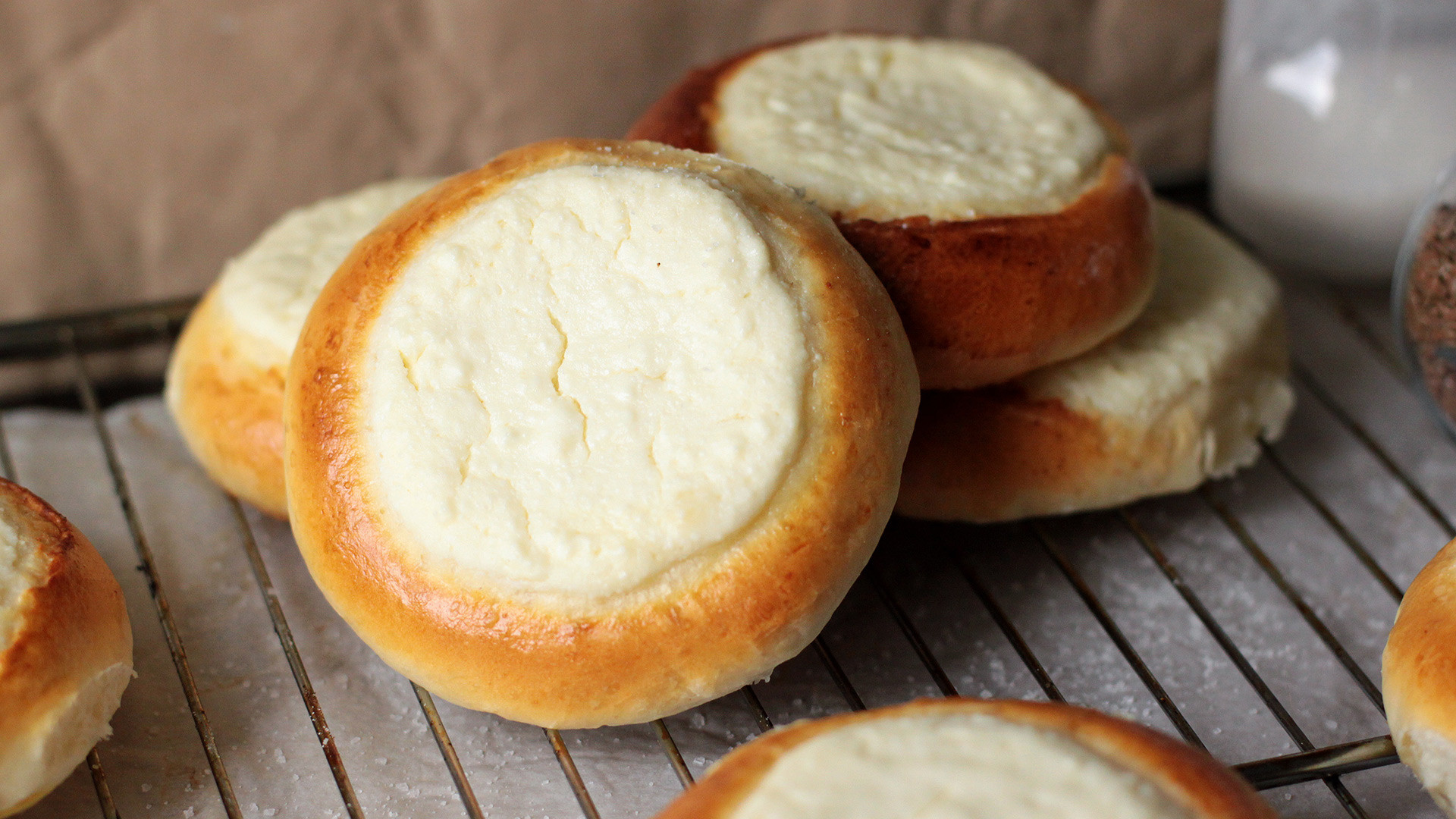
Vatrushki look like the sun
Victoria DreyTvorog pastry is hands down my favorite. Adding traditional Russian cottage cheese to the filling, or even the dough, makes a world of difference and brings any bakery item to the next level. As a fermented dairy product, tvorog gives any pastry a very tender and unique creamy consistency with a hint of sourness. There is no better way to try your hand at tvorog pastry than to make Slavic vatrushki – iconic, round, yeasty tarts with a sweet cottage cheese filling in the middle.
Nobody knows for sure where the name vatrushki derives from. Some believe it comes from the old Slavic word, vatra, literally meaning ‘fire.’ Indeed, vatrushki’s shape slightly resembles the sun or a round fireplace. Another version claims that the word vatrushka derives from tvorog, which is how Russians call traditional cottage cheese. Anyway, vatrushki were popular even in Ancient Rus: they baked these open sunlike pastries and gave them to friends and neighbors on folk holidays such as Kupala Night, which celebrates the summer solstice.
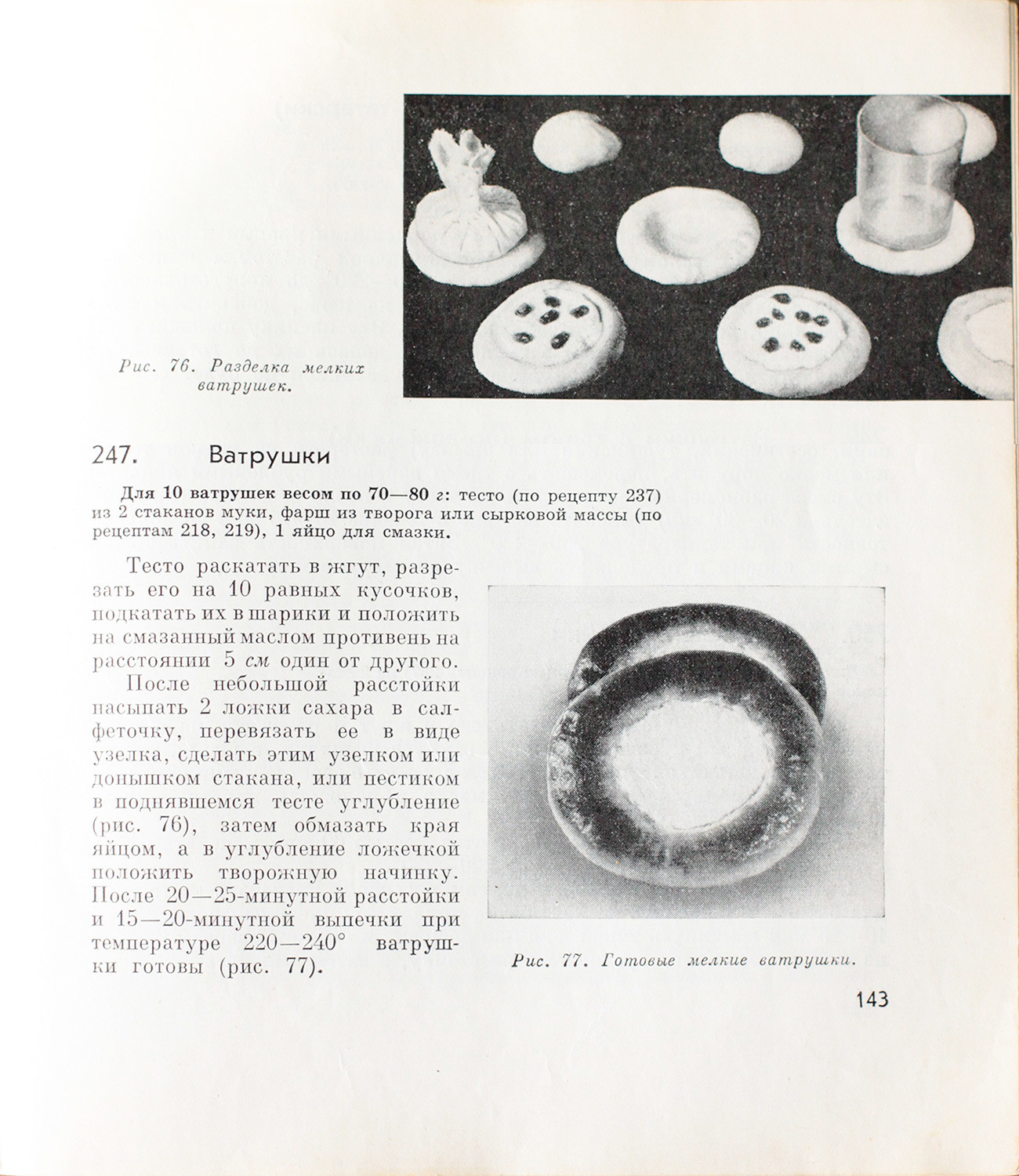
Vatrushki still are a top-notch pastry that can be found in nearly every bakery and store in Russia. While there are savory types of vatrushki, such as with meat, mashed potatoes and onion stuffing, the most common and beloved are sweet vatrushki with tvorog. I found this recipe in my grandma’s old Soviet cookbook. Not only is it very easy and even beginner-friendly, but it also leaves you with the very light and soft dough filled with the creamiest cottage cheese filling.
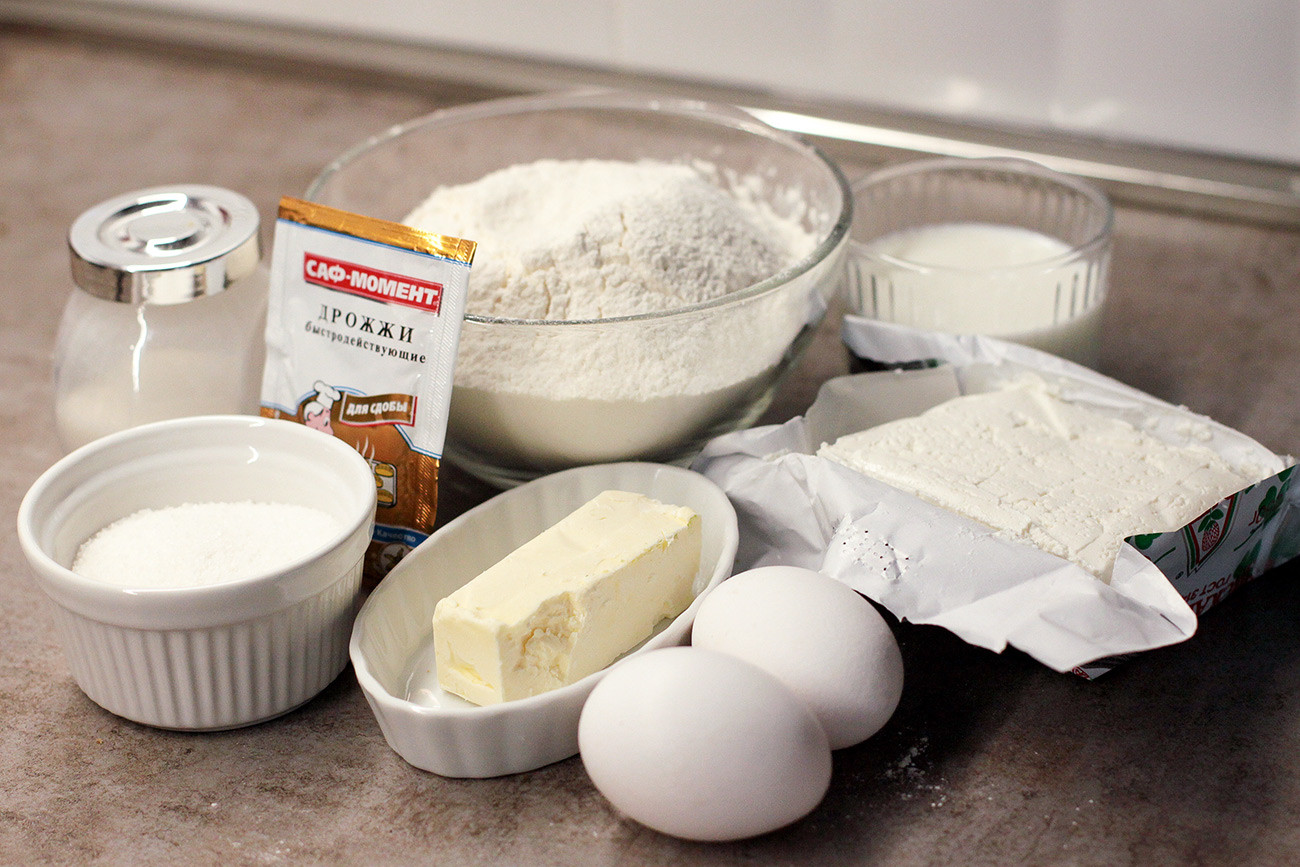
Ingredients for the dough:
- 300g plain flour
- 125ml milk
- 1 tbs sugar
- 1 egg
- 1 tsp yeast powder
- 2 tbs butter
- a pinch of salt
Ingredients for the filling:
- 250g tvorog or curd
- 1 egg
- 2 tbs sugar
- 1 tbs flour
- 1 tsp vanilla sugar or extract
- a pinch of salt
- + 1 yolk for greasing
Cooking:
1. Start with the dough: into a large bowl add lukewarm milk with yeast powder, and stir until the yeast dissolves. Next, add one egg, sugar, salt and flour and knead non-sticky dough with a food processor or just with hands. The kneading process should take at least 5 minutes so that the dough gets soft and elastic.
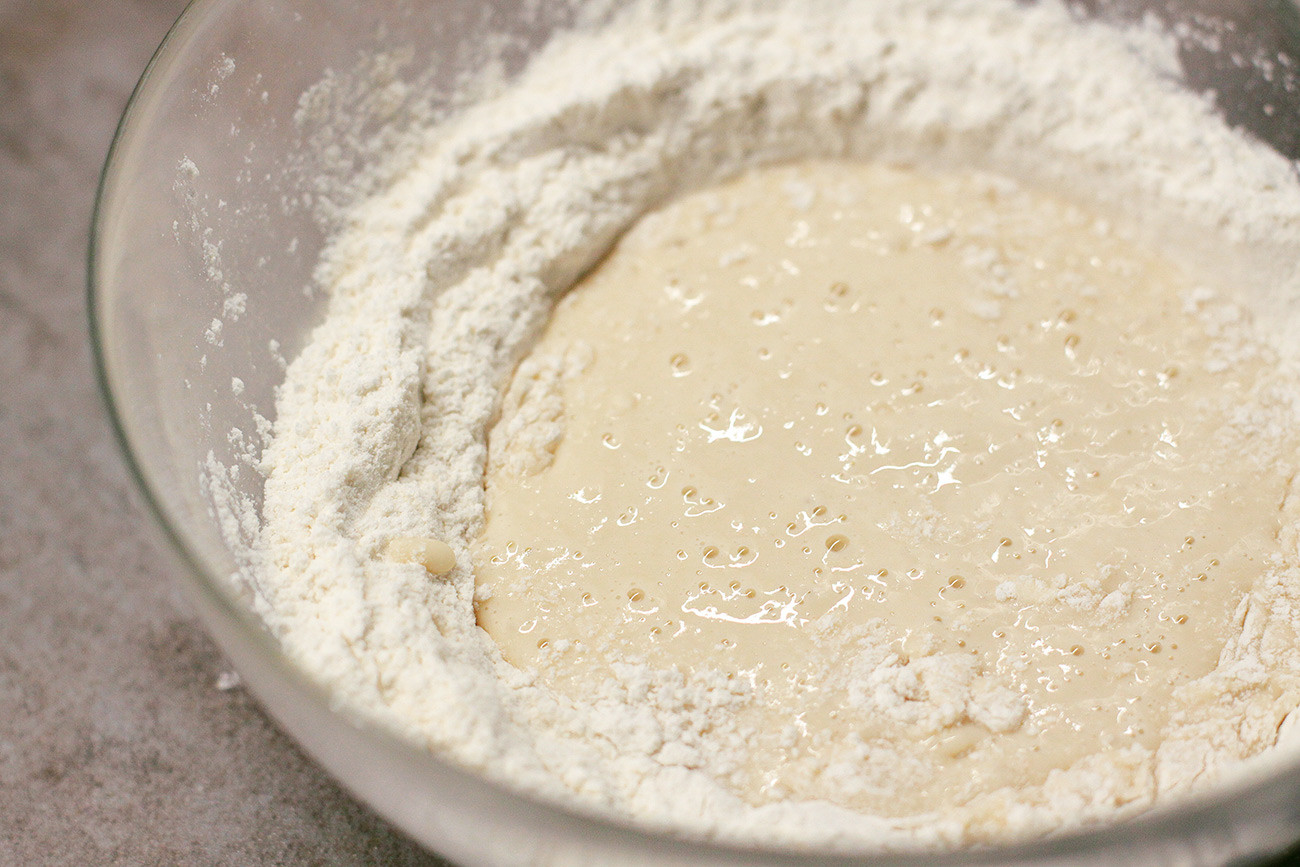
2. When you feel like the consistency is right, add melted butter into the dough and knead for another couple of minutes. Round the dough into a ball, put it in a clear bowl, cover with plastic wrap and leave in a warm corner until it doubles in size.
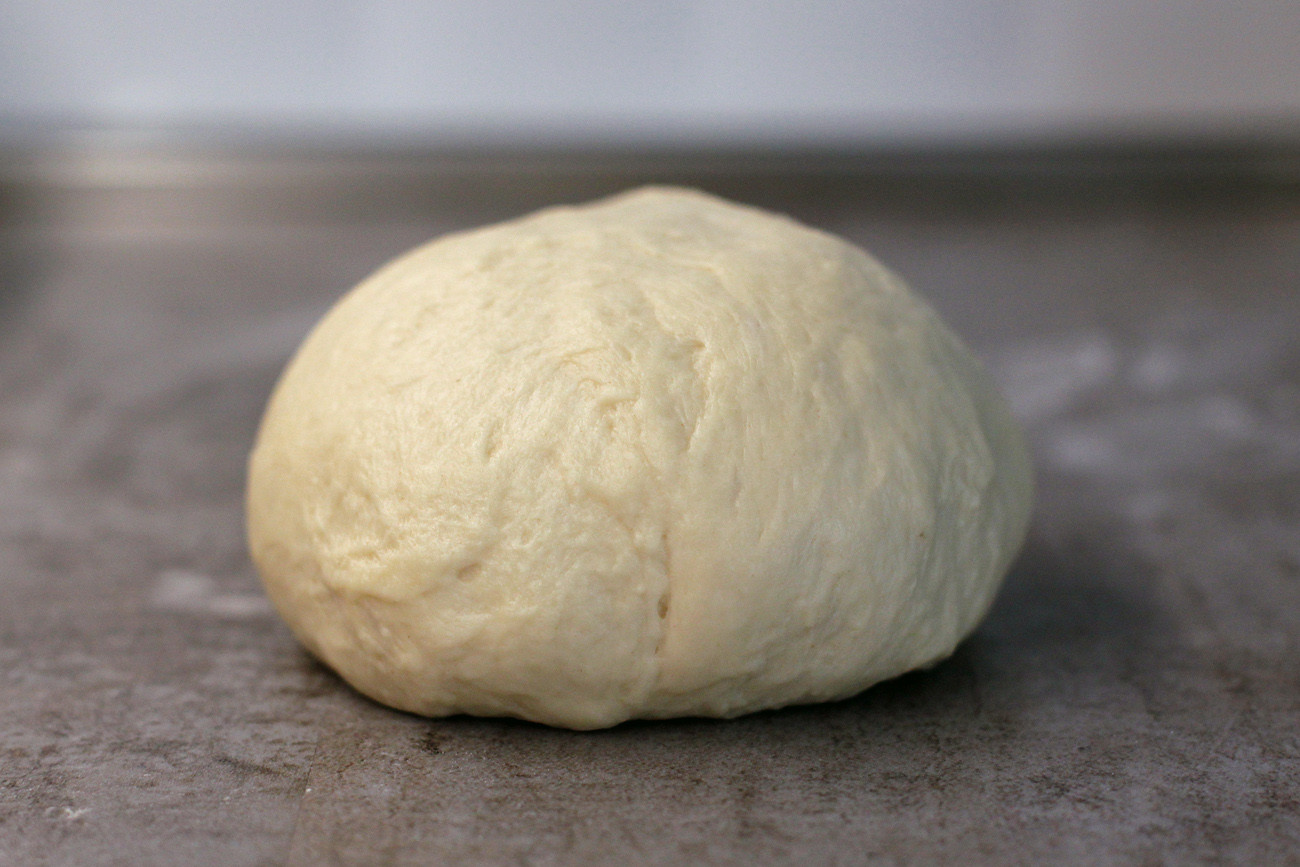
3. After approximately 1.5 hours punch the risen dough down, round into a ball again and let rise under plastic wrap for another 30-40 minutes.
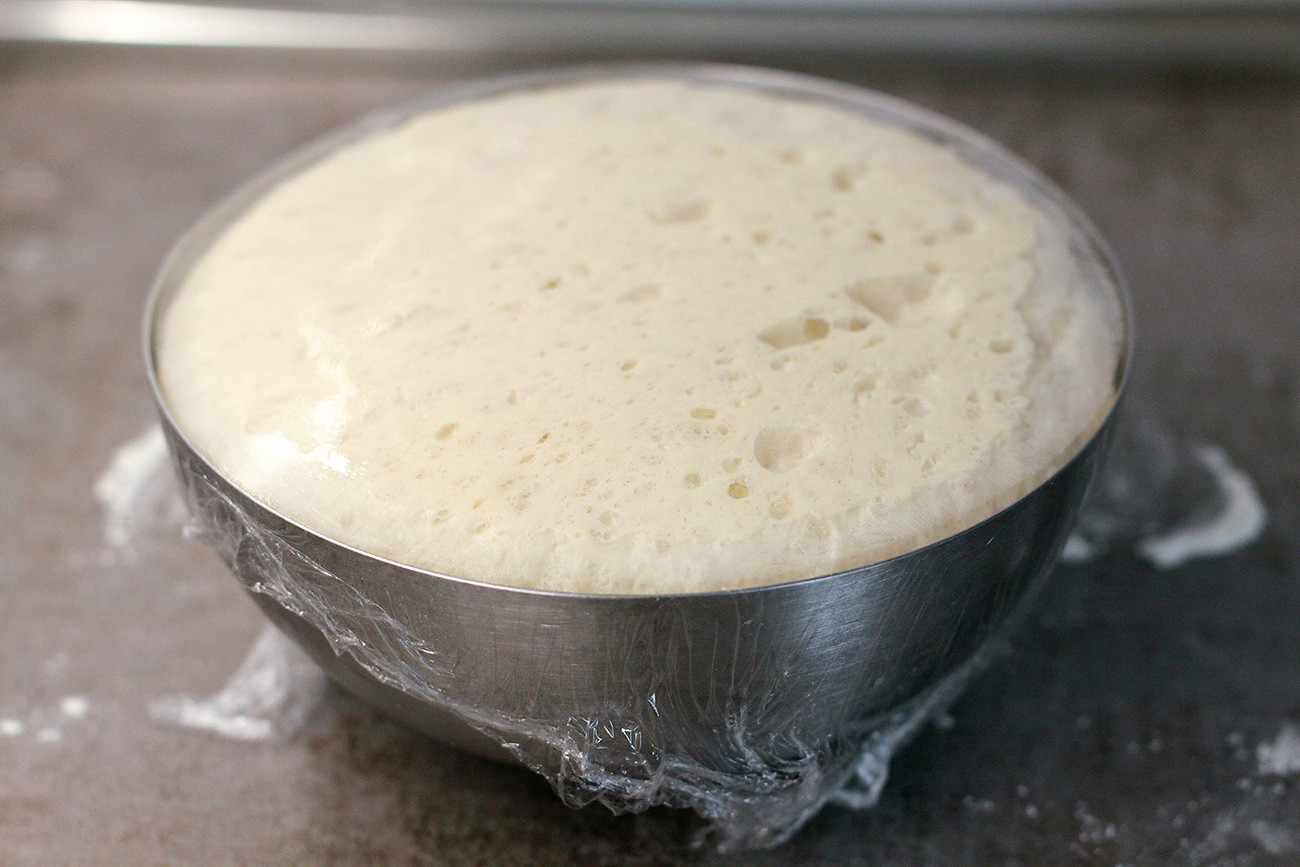
4. Then, divide the dough into 10 equal round pieces, lay them out on a baking pan covered with a piece of parchment and slightly flatten each piece. Do not place dough pieces very close, otherwise they may stick together while baking. Cover with a kitchen towel and let the dough rest for 10 minutes.
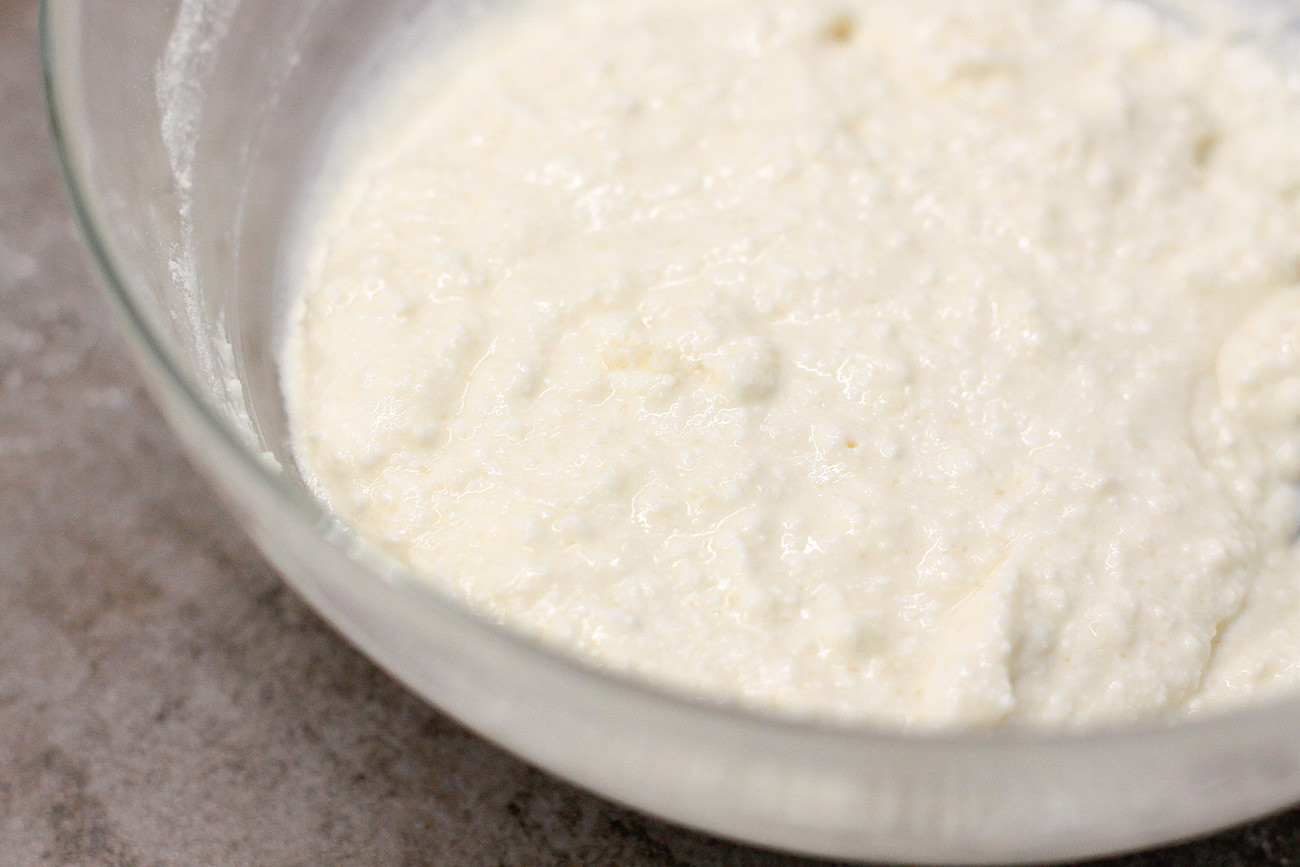
5. Meanwhile, mix tvorog or curd with one egg, sugar, flour, vanilla sugar and salt until smooth – the signature vatrushki filling is ready.
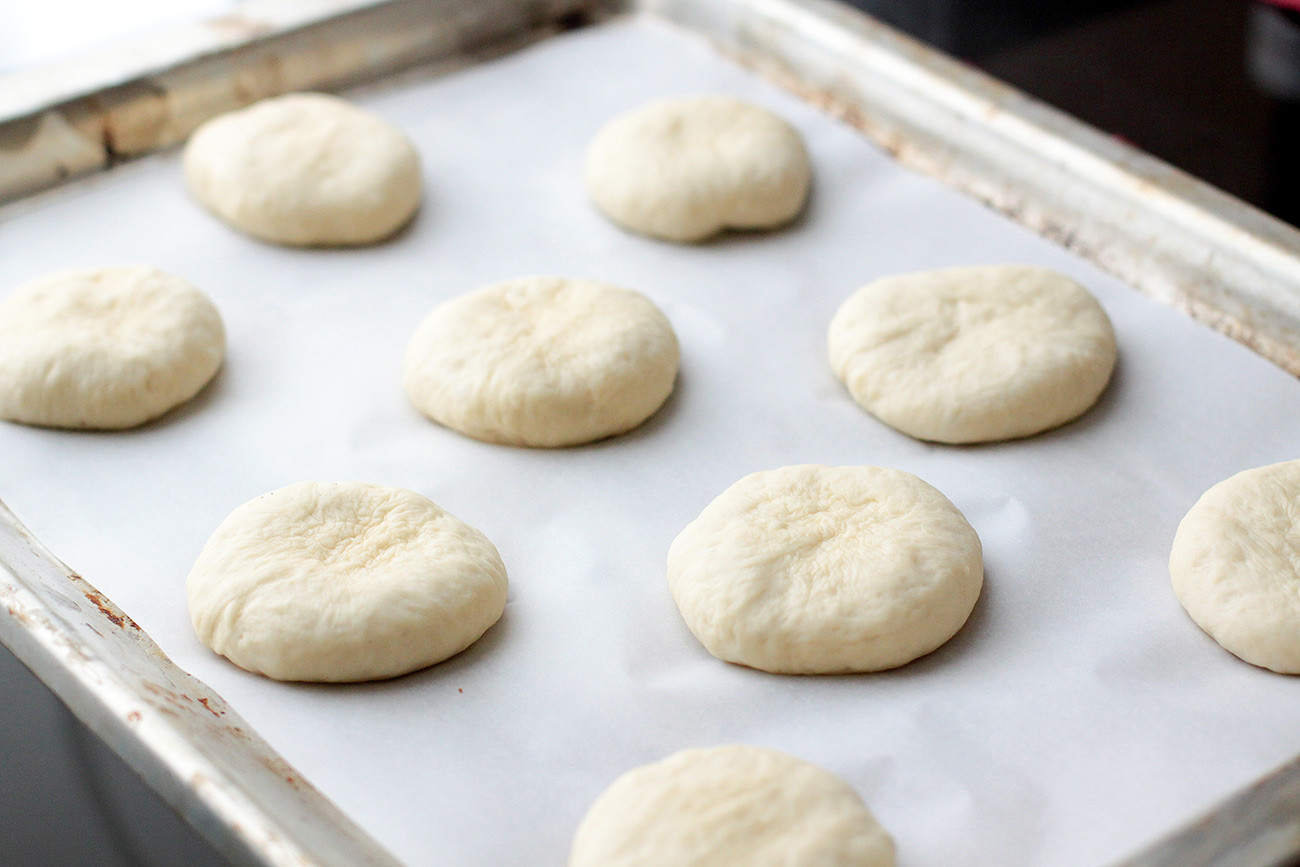
6. Now it’s time to form vatrushki: with the bottom of a medium-sized tall glass create a hollow in the middle of each piece of dough.
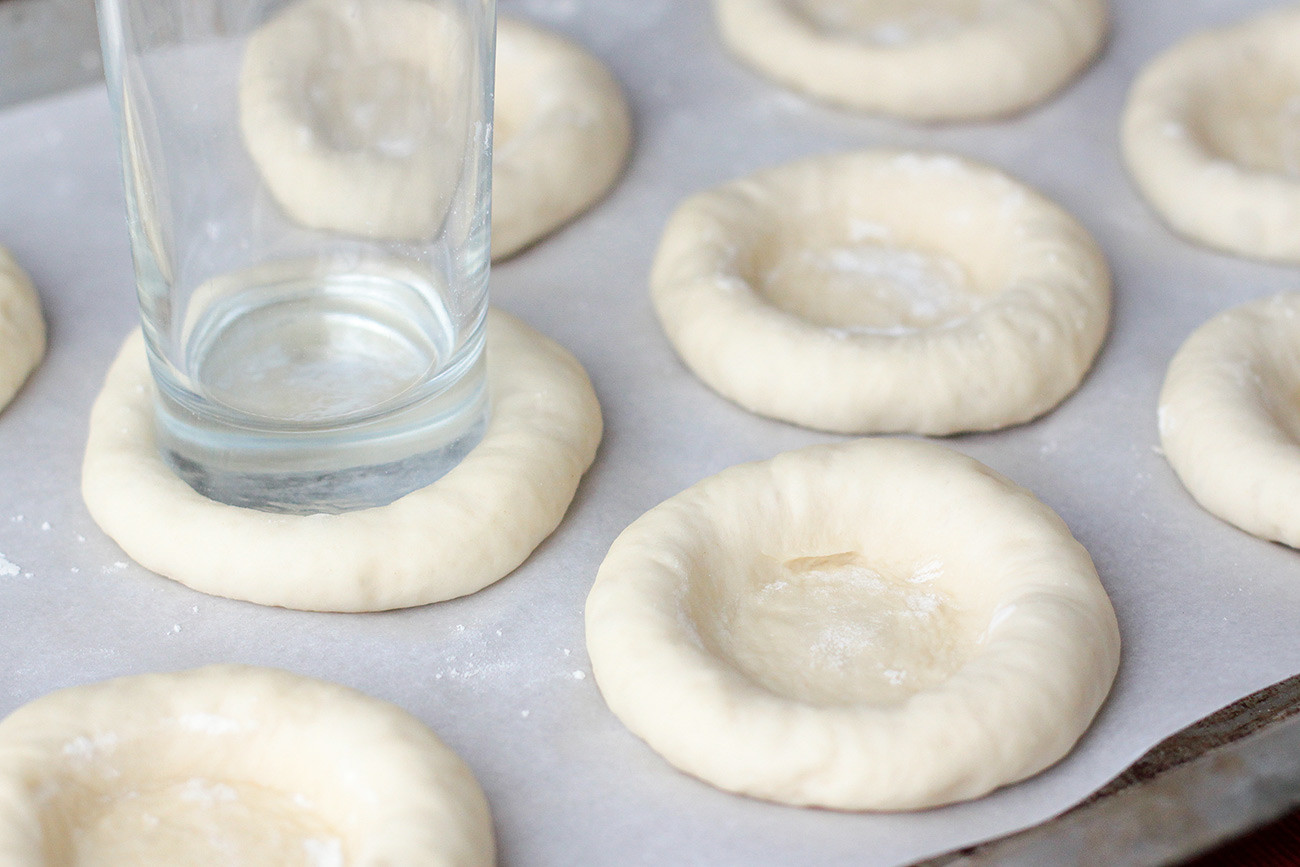
7. Spoon the filling into hollows and cover baking pan with a kitchen towel – let vatrushki rise for solid 20 minutes. The last step before baking is to generously smear vatrushki with egg wash (1 yolk + 2 tablespoons water).
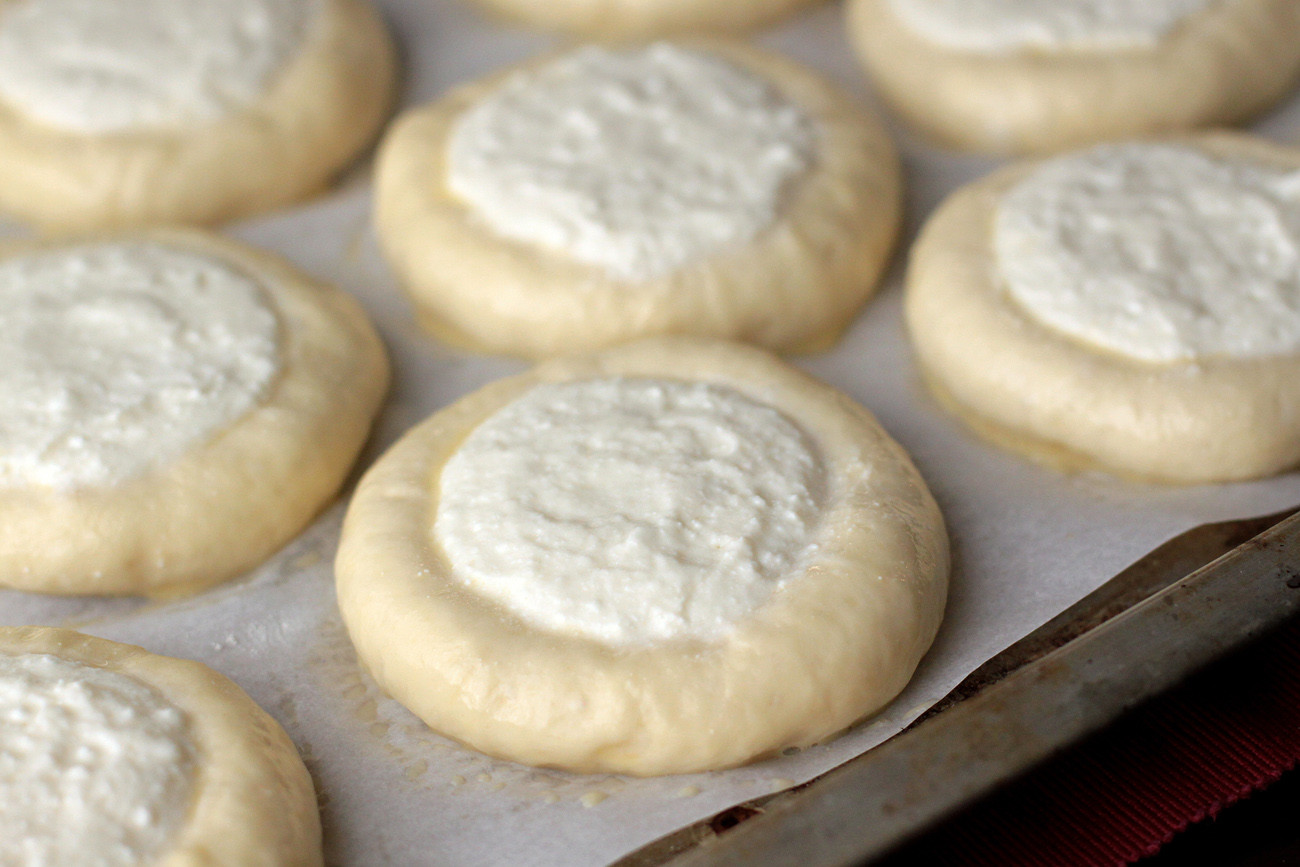
8. Bake for about 15 minutes at 200°C until golden-brown on top. Try one right after baking while vatrushki are still warm, and then enjoy them cold with tea or coffee. Priyatnogo appetita!
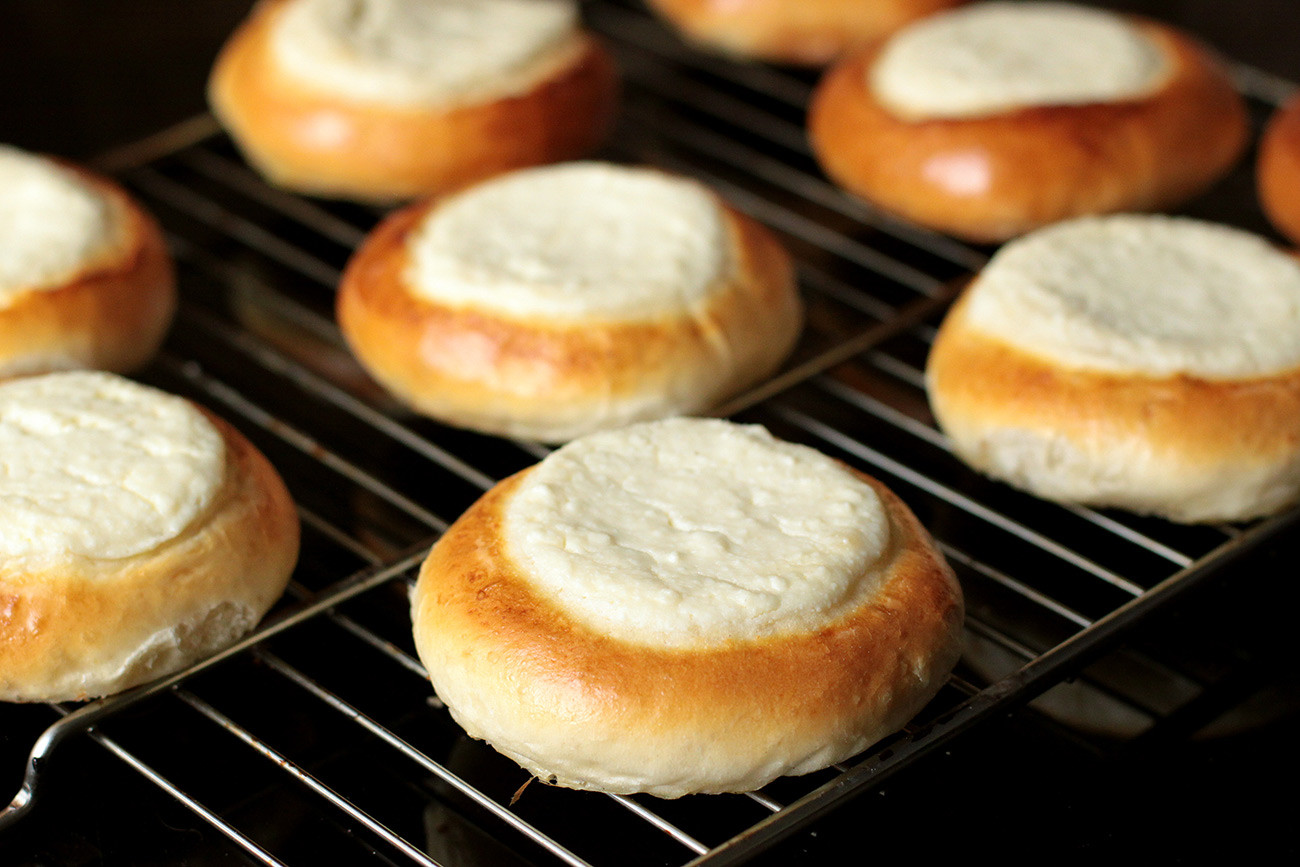
Read more: 10 Russian cottage cheese desserts you should try
If using any of Russia Beyond's content, partly or in full, always provide an active hyperlink to the original material.
Subscribe
to our newsletter!
Get the week's best stories straight to your inbox